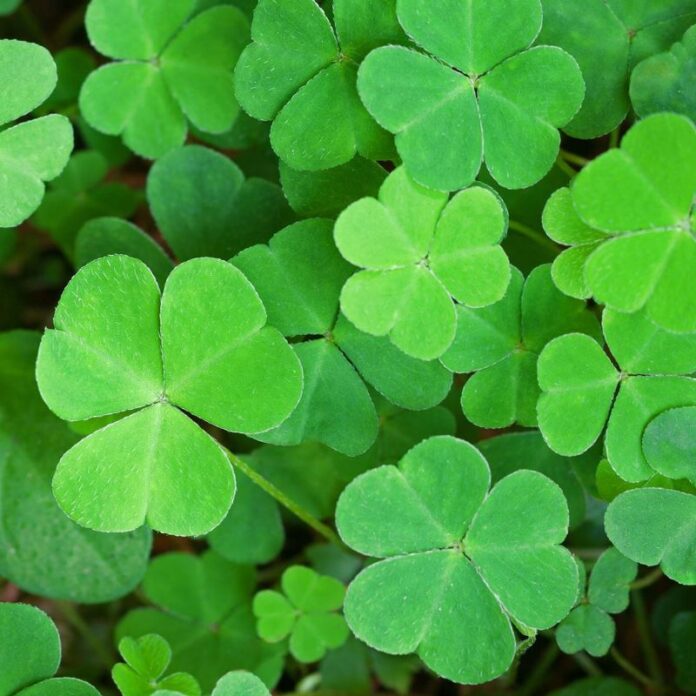By TR Robertson
March 17th will mark another Happy St. Patrick’s Day. Celebrations will take place around the world as people of Irish descent and others join in a variety of different festivities including the Feast of St. Patrick, the patron Saint of Ireland. This is both a cultural and a religious celebration in honor of the traditional death date of Saint Patrick.
Saint Patrick’s Day was made an official Christian feast day in the early 17th century and is observed by the Catholic Church, the Anglican Communion, the Eastern Orthodox Church and the Lutheran Church. The day is the celebration of Saint Patrick and the arrival of Christianity in Ireland. It is a public holiday in the Republic of Ireland, Northern Ireland, the Canadian province of Newfoundland and Labrador and the Territory of Montserrat.
What is the story behind St. Patrick, why he is honored and what are the traditions surrounding this day? He was born in Roman Britain in the late 4th century. St. Patrick was kidnapped at the age of 16 by Irish raiders and taken as a slave to Gaelic Ireland. He spent six years as a shepherd, and it was during this time that he found God. It is said God told him to flee to the coast where a boat would be waiting to take him home. He returned to Ireland, became a priest, and began what he said was his mission to convert the pagan Irish to Christianity. St. Patrick set off doing this and also establishing monasteries, churches and schools. Along the way stories began to surface about St. Patrick, many thought now to be allegories about his accomplishments. One of the most popular of the stories is that St. Patrick drove the “snakes” out of Ireland, even though snakes were not known to be in Ireland. Another story is the St. Patrick used the shamrock to explain the Holy Trinity.
Celebrations and traditions have grown over the years, leading some to criticize what the day has become. For many opposed to the excessive celebrations they say the public drunkenness and disorderly conduct detracts from the true mean of what the day should represent, a day of honoring St. Patrick and Irish heritage. Many feel the extensive celebrations that began are the result of many Irish immigrants in countries around the world.
Vista Village Pub Traditional St Patrick’s Day Celebration Sunday March 17th
Today the celebrations include elaborate parades and festivities. The first St. Patrick’s Day celebration in the U.S. was in 1601. Boston held its first St. Patrick’s Day parade in 1737. New York City began their St. Patrick’s Day parade in 1762. Chicago marked the holiday by coloring the Chicago River green, beginning this tradition in 1962. Many famous landmarks around the world are lite up to “go green” for the day, such as the Sydney Opera House. Some establishments even offer green colored beer. Green is now the color associated with the day although the color blue is the color most closely associated with St. Patrick. One Irish custom is called “drowning the shamrock” or “wetting the shamrock” which consists of putting a shamrock at the bottom of a glass, filling the glass with whiskey, beer. or cider, making a toast to Saint Patrick, drinking the drink and swallowing the shamrock or tossing it over your shoulder for good luck.
Many people wear green for the day in tribute to St. Patrick’s Day and you are supposed to pinch anyone not wearing green, but I wouldn’t recommend that in today’s world. The color green is said to have been associated with Ireland in a legend from the 11th century. It appears in The Book of the Taking of Ireland and the “Tales of Goidel Glas” (Goidel the green). Goidel is bitten by a venomous snake but saved from death by Moses as he placed his staff on the snakebite, leaving Goidel with a green mark. His descendants settled in Ireland; a country free of snakes. The color green was also used in the 1640’s when the green harp flag was used by the Irish Confederation. Another popular tradition for many is making a meal of corned beef, cabbage and potatoes with Irish bacon and soda bread. Don’t forget to have plenty of Guinness on hand. It is estimated that 3 million pints of Guinness will be consumed on St. Patrick’s Day.
Festivities occur around the world on this day ranging from parades, festivals to religious celebrations and the Saint Patrick’s Feast Day. St. Patrick’s Day became a holy day of obligation for Roman Catholics in Ireland and is a feast day for the Church of Ireland as well as an official public holiday.
Whatever your chosen celebration is for St. Patrick’s Day, have fun, be safe, Slainte (to your health) and Happy St. Patrick’s Day!


















